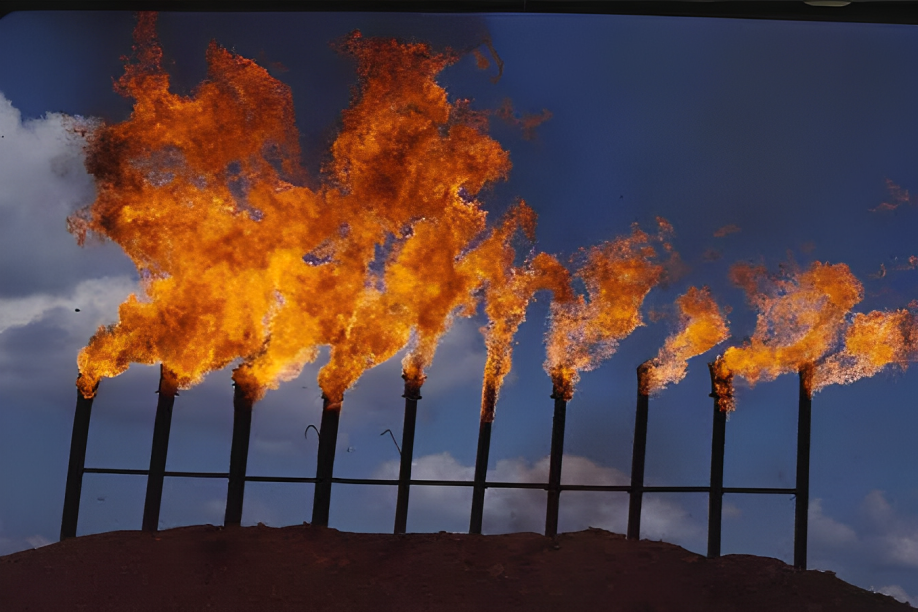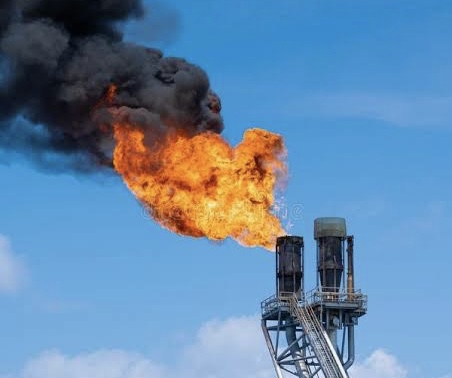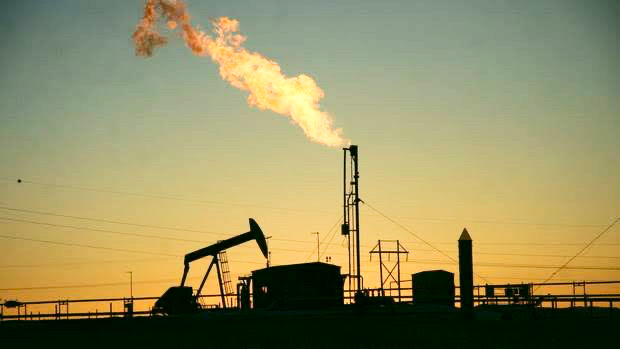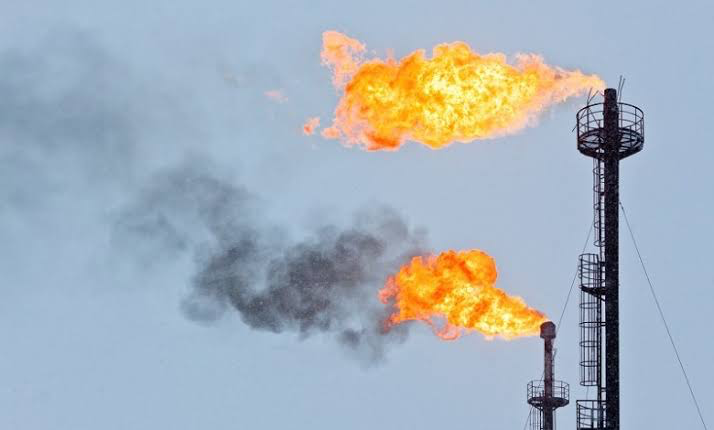KEY POINTS
- Nigeria flares 211.73 million cubic meters of gas annually, leading to lost revenue and environmental harm.
- Gas-to-power and LNG exports could transform Nigeria’s energy landscape and reduce flaring.
- Policy reforms and technology investments are essential to harness gas and achieve sustainability.
Gas flaring has been a controversial topic in Nigeria’s energy industry for a long time. Nigeria, being one of the largest crude oil producers globally, unfortunately also ranks high as a significant contributor to worldwide gas flaring (Nigerian Upstream Petroleum Regulatory Commission (NUPRC)).
According to the World Bank’s annual Global Gas Flaring Tracker Report, Nigerian oil firms flared 211.73 million cubic meters (7.48 billion cubic feet) of gas in 2023, up from the 148 billion cubic meters (5.23 trillion cubic feet) lost worldwide in 2023.

This practice signifies both an ecological emergency and a lost financial opportunity. By reassessing gas flaring, Nigeria has the potential to convert waste into resources and ensure a sustainable energy future.
Nevertheless, with appropriate policies, investments, and innovative technologies, Nigeria has the potential to shift from inefficient flaring methods to utilizing gas as an essential resource for energy sustainability and economic development.
The issues surrounding gas flaring in Nigeria:
Environmental consequences
Gas flaring releases greenhouse gases (GHGs) like carbon dioxide and methane, which add to global warming and climate change (International Energy Agency, 2023).

In 2023, gas flares at oil sites burned 148 billion cubic meters of gas, emitting over 350 million tons of CO2 equivalent (CO2e) annually due to inefficiencies (World Bank, 2023).
Methane, over 80 times stronger than CO2 over 20 years, adds 80 million tons of CO2e (World Bank, 2023).
Flaring wasted gas, which could replace dirtier fuels like coal. It also produces black carbon, a short-lived pollutant accelerating Arctic ice melt and contributing 40 percent of Arctic black carbon deposits (World Bank, 2023).
In the Niger Delta, gas flaring has severely impacted local ecosystems, diminished biodiversity and negatively affected agricultural output.
Health hazards
Communities located near gas flare areas encounter significant health hazards, such as respiratory illnesses, cancer, and congenital disabilities.
A 2017 study revealed that individuals residing in gas-flaring host communities in the Niger Delta are 1.75 times more likely to have hypertension compared to those living in areas without oil and gas exploration.
Ongoing exposure to harmful pollutants undermines the quality of life for countless Nigerians.
Research has connected extended exposure to emissions from gas flaring with higher mortality rates, especially in children in impacted areas.
Financial losses
National Oil Spill Detection and Response Agency (NOSDRA), Nigeria, flared an estimated $1.2 billion in natural gas in 2024 and an equivalent to fines of $601 million.
This signifies a considerable decline in income that could have been allocated for economic growth.
This approach also restricts the nation’s capacity to fulfill local energy demands and to export liquefied natural gas (LNG).

Turning waste into wealth: opportunities for Nigeria
Utilizing associated gas for power generation
Gas collected from flaring can be utilized to produce electricity (World Bank, 2023), tackling Nigeria’s persistent energy shortfall.
With more than 80 million Nigerians without access to dependable electricity, funding gas-to-power initiatives could change the energy situation.
For instance, the Escravos Gas-to-Liquids (EGTL) initiative illustrates the capability of using flared gas for generating energy.
Exporting LNG (Liquefied Natural Gas)
Nigeria could emerge as a worldwide leader in LNG exports by utilizing its abundant natural gas reserves.
Developing LNG infrastructure and tapping into global markets could create considerable income, minimize gas flaring, and establish Nigeria as an essential participant in the worldwide energy shift.
Developing industries based on gas
Investing in gas-centered sectors like petrochemicals, fertilizers, and methanol manufacturing can generate employment and diversify the economy.
Using flared gas as a raw material for these sectors would enhance resource efficiency and promote industrial expansion.
Carbon credit systems
Engaging in international carbon markets provides an additional opportunity to profit from decreased gas flaring.
By carrying out flaring reduction initiatives, Nigeria has the opportunity to earn carbon credits, which can be sold on the international market to create extra income.
The Clean Development Mechanism (CDM) established by the Kyoto Protocol offers a structure for these types of projects.
Policy and regulatory reforms
For Nigeria to harness the potential of gas utilization, it needs to establish strong policies and regulations that encourage flaring reduction while attracting investments in gas infrastructure. Important actions include:
The Nigerian gas flaring commercialization programme (NGFCP)
NGFCP seeks to eradicate routine gas flaring by 2030, aligning with Nigeria’s obligations as per the Paris Agreement.
The initiative offers a structure for businesses to compete for rights to collect and market flared gas.
Gas management strategy
The Nigerian Gas Master Plan (NGMP) aims to establish a local gas market and related infrastructure.
It emphasizes reforms in gas pricing, expansion of infrastructure for local use, and promoting collaborations between public and private sectors in the gas industry.
Imposing sanctions
The government needs to enhance the enforcement of penalties for violations related to gas flaring.
Increased penalties, along with rewards for adherence, can discourage businesses from flaring.
Innovations in technology
Technology is essential in tackling gas flaring. Innovative ideas encompass:
Gas capture technologies – Innovative gas separation and liquefaction methods allow for the effective capture and storage of associated gas.
Flare mitigation devices – Tools that reduce flaring by transforming gas into beneficial forms like electricity or LNG.
Data analysis – Real-time monitoring and predictive analytics enable operators to detect and reduce flaring.



